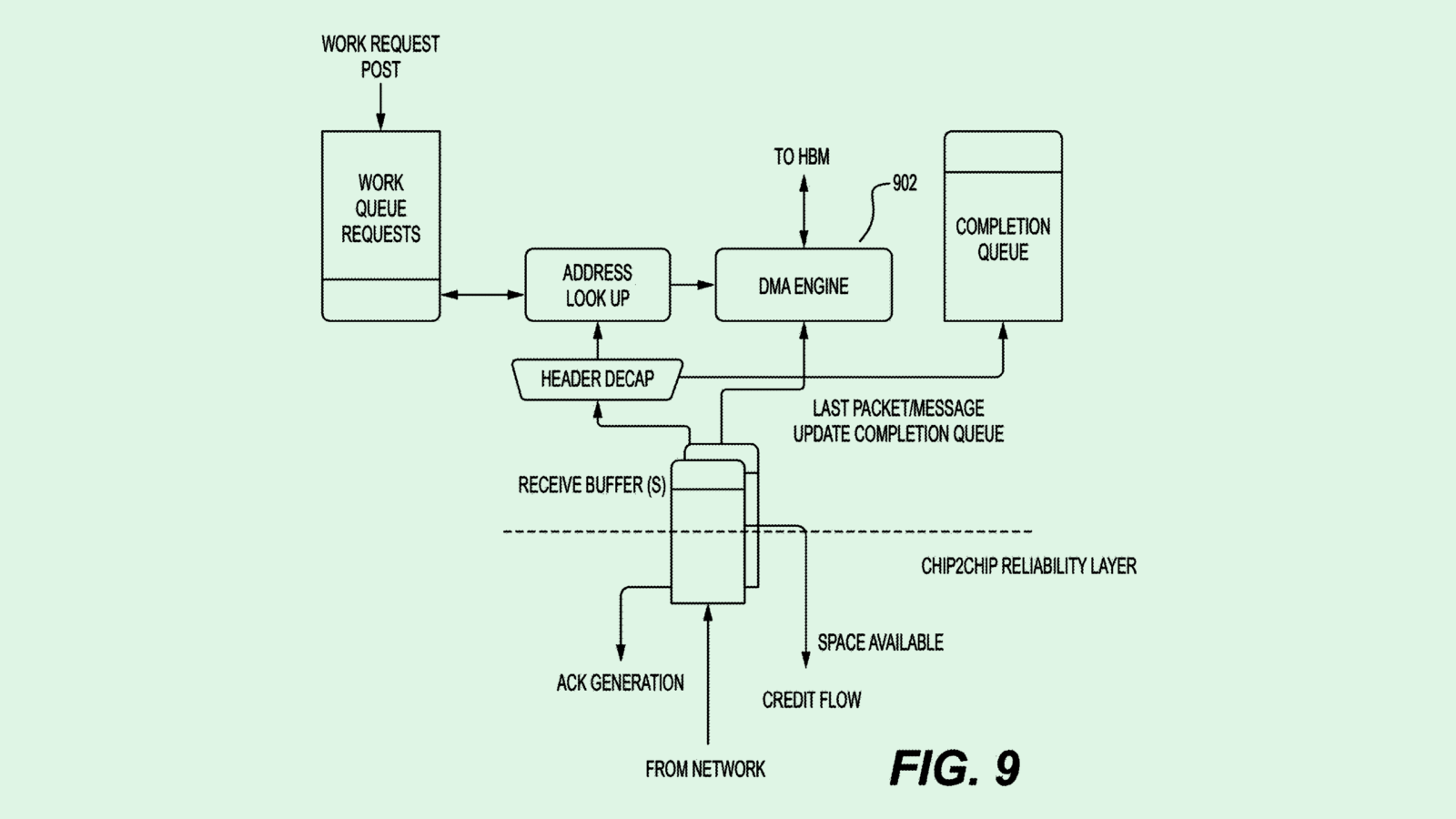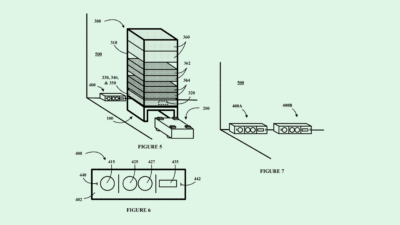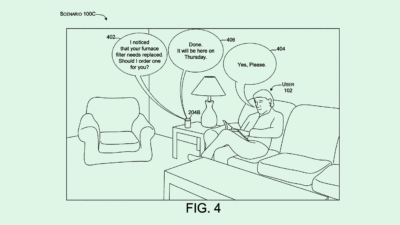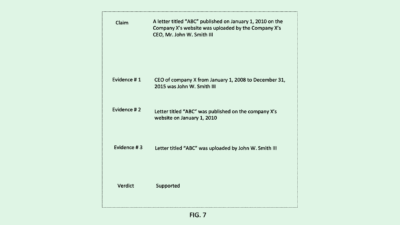Intel’s Assistive Hearing Initiative
A recent patent filing from Intel shows the company’s interest in helping the hard of hearing.
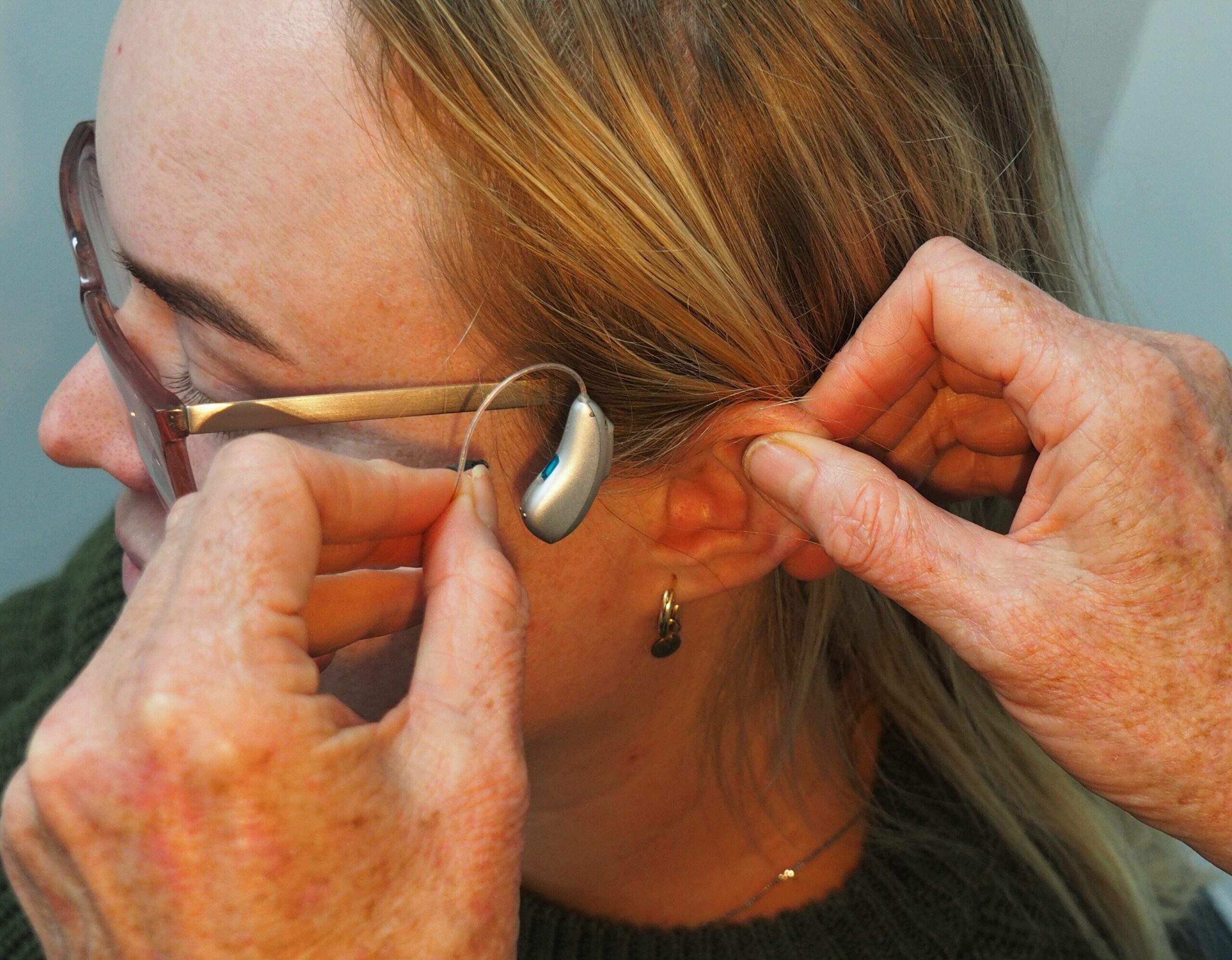
Sign up to uncover the latest in emerging technology.
Intel wants to lend a helping hand … or a helping ear.
The company filed a patent application for a bluetooth-capable “hearing aid system” that can be made more affordable than a conventional hearing aid. Rather than using a traditional hearing aid with bluetooth capabilities, this system offers the alternative of using “lower cost earbuds as a terminal hearing device.”
These earbuds specifically work when connected to computers, tablets, smartphones and other devices. When connected, these earbuds essentially outsource the audio processing work to the device, allowing it to take over “a remarkable portion of the computational effort and audio adaptation” so the earbuds themselves don’t have to. This, in turn, allows the earbuds to be made at a lower cost, as they themselves don’t need to be highly capable of audio processing.
Intel noted in its patent filing that Bluetooth-enabled hearing aids can range from $3,000 to $5,000 each, and are “inaccessible to the majority of the global population experiencing degrees of hearing loss.” Meanwhile, the earbud system that Intel lays out could cost $200 or less, the company says.
The company also said its system aims to circumvent the communication barriers caused by “online communication and other audio-based computing tasks,” and amplified by remote work and school environments.
Along with benefitting the hard-of-hearing community, Intel said that this tech improves audio quality for the general population, upgrading things like speech recognition and clarity, noise canceling and feedback suppression.

This isn’t the first time we’ve seen Intel take an interest in hearing aids. In mid-May, the company announced several assistive tech-related projects, including plans to partner with hearing aid companies to enable direct Bluetooth connection between the aids and Intel Evo PCs. While Intel has a medical solutions sector, it’s far from the company’s bread and butter. Getting into hearing aids – and tying them to Intel devices specifically – could help the company in more ways than one.
In an interview with Forbes about the initiative, Darryl Adams, Intel’s director of accessibility, said that the company is “well-positioned to work with our industry partners to design future technologies that are more accessible to more people.”
“We are on a journey to have all user experience teams at Intel adopt inclusive design and research practices, along with building out the operational support for these inclusive practices,” Adams said in the interview.
While this patent claims to offer a cheaper alternative to the traditional hearing aid, the plan could come with a few hitches. For one, this tech is reliant on a Bluetooth connection, meaning that it works until it doesn’t. If the device it’s connected to malfunctions, or if that Bluetooth connection is lost, it could risk interruption for the user relying on it to hear.
Plus, the need to count on a smartphone, tablet or laptop for so-called low-cost hearing support can itself be prohibitive, as those devices themselves cost consumers a lot of money and are only getting more expensive.
Have any comments, tips or suggestions? Drop us a line! Email at admin@patentdrop.xyz or shoot us a DM on Twitter @patentdrop. If you want to get Patent Drop in your inbox, click here to subscribe.




